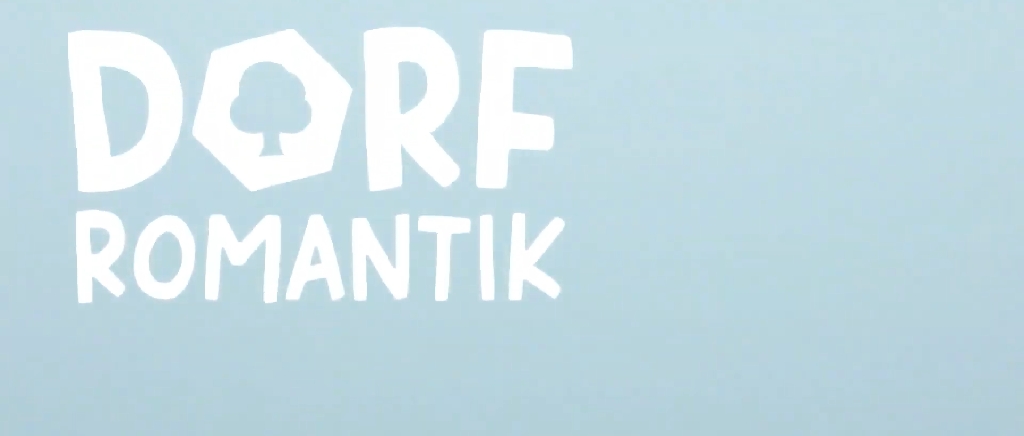
As soft and relaxing music plays, birds fly over the horizon, and a steamboat moves upstream. A decision has to be made. Where is this train track tile going to be placed? There’s a track that could use an addition on the other side of the map, but the potential to start a new track on this side of the world is tempting. As is the possibility of earning some extra tiles thanks to a bonus.
After placing that tile down a sudden realization occurs: There’s only 10 tiles left, and now that relaxation has been replaced with focus. How can this game be extended? Where is the perfect tile placement? Unfortunately, the tiles you were dealt were not in your favor. And so your game ends with an incomplete train track and a river that goes nowhere due to poor planning. If only you had allocated your resources better.
This is Dorfromantik, a city builder currently in Early Access on Steam with a relatively unique concept. What if there was a game like SimCity, but only one piece of land can be played at a time, and that piece is decided for you at random. There’s no traditional time limit, so take as long as you want, but be careful with how you use your tiles because if you’re too careless your game is going to end quicker than you expect.
The way Dorfromantik works is really simple and a quick tutorial will have players jumping in almost immediately. A player starts a game with 100 tiles and their goal is to build the largest world possible before they run out of tiles. Once there are no tiles left it’s game over and a score is given out based on how organized the town is. Tiles currently are houses, fields, trees, water, train tracks, and empty space. Extra points are gained for combining like tiles together, such as keeping houses clumped to form towns, or keeping trees in a region to form wide forests. It’s all very relaxing, until those tiles start to run out.
The crux of the game comes with quest tiles. As the player goes through their deck they find tiles that have numbers on them such as some houses with a 14, or a group of trees with 125+. These are tiles with quests that, once completed, get you extra tiles. The quests themselves are simple: A house with a 14 on it means that the player needs exactly 14 houses connected to that tile, while trees with 125+ on it mean the player needs at least 125 trees linked together. Of course, you can’t just place these at random and earn the rewards, you need to be smart about linking these together. Some tiles need to be rotated to connect with each other physically, turning those that have half one tile type to link that side with the right tile type. In that same spirit, a river must connect to another river and same with train tracks so some spots become reserved for certain resources when they’ve been placed down.
These rules create some interesting resource management decisions when it comes to quests. None of them are required, but they help keep a healthy deck of tiles available. Follow those quests too religiously, though, can sometimes hurt you later in the game. Focusing too hard on quests can limit your build potential, as not every title is exclusive to one resource. The combined water train tiles in particular can quickly end a run since the rules around those are so specific.
What will keep bringing players back, though, are the roguelike elements of Dorfromantik. Every playthrough brings a new set of tiles, meaning no build is quite the same. One round could feature a lot of fields and forests, or another might involve train tracks surrounding the entire world. It will never feel the same, and every endgame will bring the sense of “Just one more” because that last one was almost perfect. You can sink hours into the game pretty quickly, with relaxing music playing to keep stress down.
Dorfromantik can be as long or as short as you want it to be. Four hours or 45 minutes, it’s entirely up to you. It’s the perfect game to load up after a rough day at work, or when there’s a desire to escape into a different world. The depth of the game is impressive a title still in Early Access. The developers believe it will be ready sometime in mid-2021, and the menu teases a creative mode so there is new content on the way. It’ll definitely be worth checking back in on later in the year, because what we’ve already seen here certainly seems worth giving a try. For now, let’s just sit back, relax, and try to build a nice happy town together.
